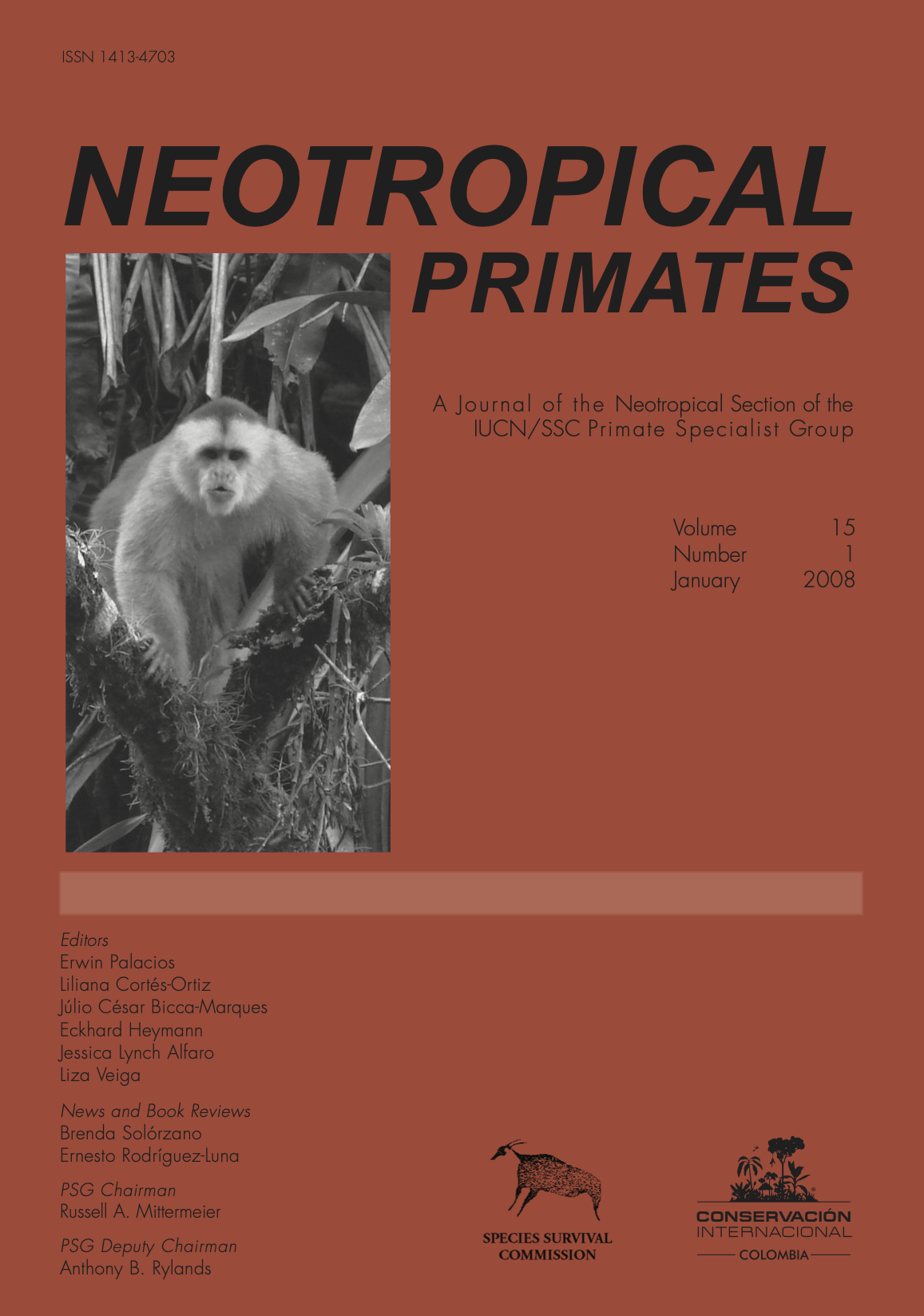Macronutrient patterns of 19 species of Panamanian fruits from Barro Colorado Island
DOI:
https://doi.org/10.1896/044.015.0101Keywords:
Tropical forest, Panama, fruits, nutrients, protein, fats, nonstructural carbohydrates, frugivores, seed dispersalAbstract
To attract seed dispersal agents, most Neotropical tree species produce edible fruits. Animals eat the fruits, often swallowing the seeds, which may be deposited away from the parent tree. Data show that not all frugivores in a given habitat are equally attracted to the same fruit species. Though numerous factors can influence fruit choice, the nutrient value of the pulp to the disperser is clearly of key importance. Here data are presented on the macronutrient content (total crude protein, fat and nonstructural carbohydrate) of 19 fruit species collected from a single forest site, Barro Colorado Island in central Panama. The only criterion for analyses was that each species produce fruits consumed by at least two primate species at this site. Though all fruit species contained a measurable amount of each macronutrient class, there were often striking differences in the amount contributed per class. Overall, two species (10.5% of the total sample) were highest in protein, five (26%) were highest in fats and twelve (63%) were highest in nonstructural carbohydrates. Fruit species in the same family or genus did not necessarily show the same macronutrient pattern. Similar data from a range of Neotropical sites could prove useful in formulating hypotheses related to community fruit-disperser relationships.

Downloads
Published
Issue
Section
License

This work is licensed under a Creative Commons Attribution-NonCommercial-ShareAlike 4.0 International License.


